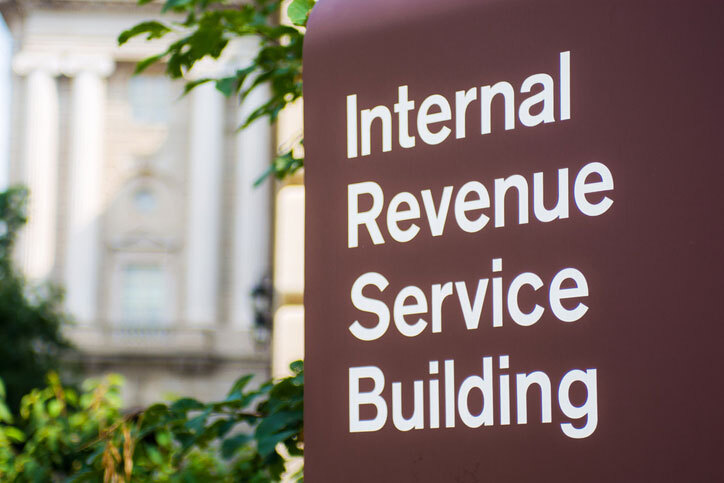One-Time Tax Forgiveness: How To Qualify, Get Tax Relief, And Avoid Penalties
If you’re dealing with tax debt, then one-time tax forgiveness can sound too good to be true. However, this is an actual IRS program.
Did you know that the IRS issued 27 million penalties to taxpayers in 2021 (according to the Taxpayer Advocacy Panel’s Report)? Unfortunately, only 20% of these taxpayers benefited from penalty abatement.
So, you’re not the only taxpayer who needs tax relief. Let’s learn what one-time tax forgiveness means and how to request it.
Is There An IRS One Time Forgiveness? How Do I Request A Penalty Abatement?
How Does Tax Forgiveness Work?
How To Qualify For Tax Forgiveness (Who Is Eligible?)
- Fill Out Form 843 (Claim for Refund and Request for Abatement): This is an official IRS form that is a formal request for abatement. Be sure to set aside a lot of time to complete this form as it will go into specifics.
- Submit A Written Petition: The IRS offers the option of submitting a formal written request that explains why you were unable to pay on time and why the IRS should erase your penalties.
- Call The IRS: An IRS representative is available for a phone call. However, understand that you will probably be on hold for hours. There’s also a good chance that they’ll just reiterate the above options.
The Takeaway
Tax relief can get complicated, but it doesn’t need to ruin your life. We help advocate on your behalf to the IRS. We save you stress, time, and money.
TaxRise has helped thousands of American taxpayers just like you resolve their tax issues and erase their tax liability.
If you don’t know which tax resolution best suits your needs, check out TaxRise’s free tax consultation. From this quick call, you’ll be able to determine if you qualify for our services and which tax relief program will work best for your unique situation.




